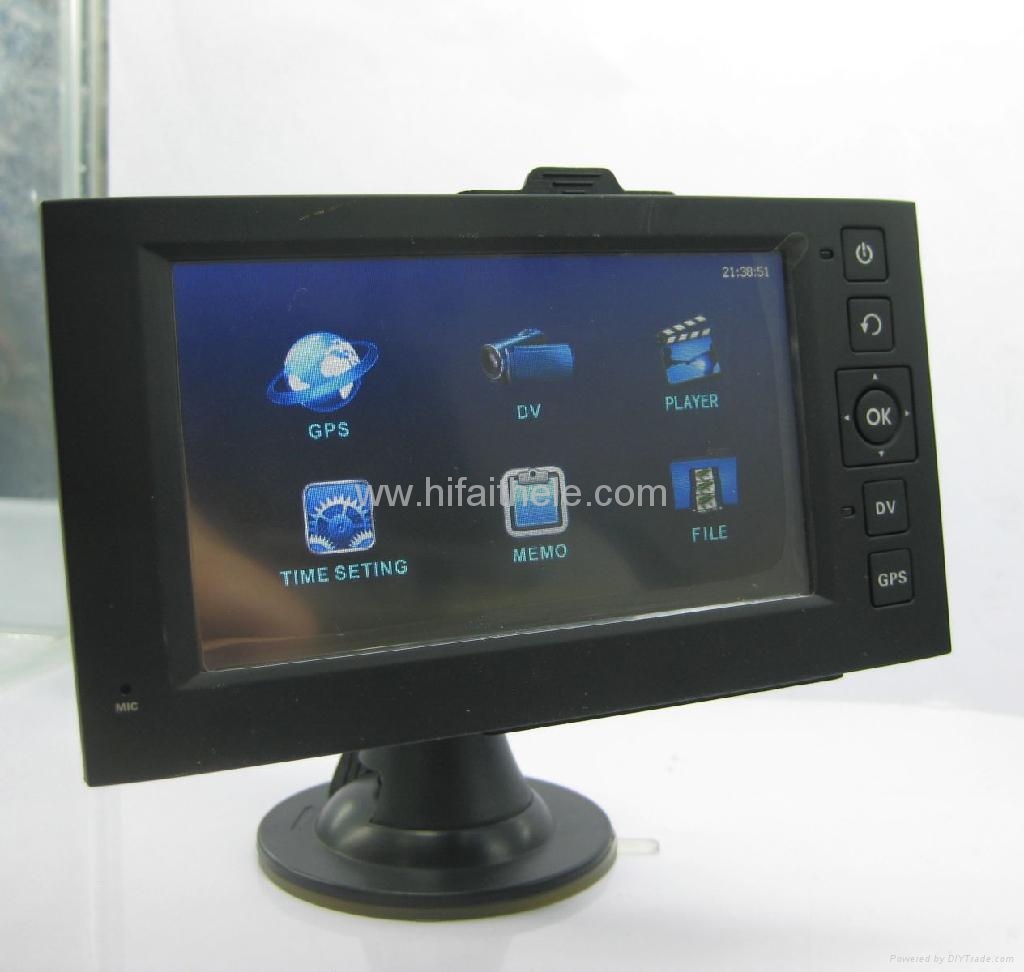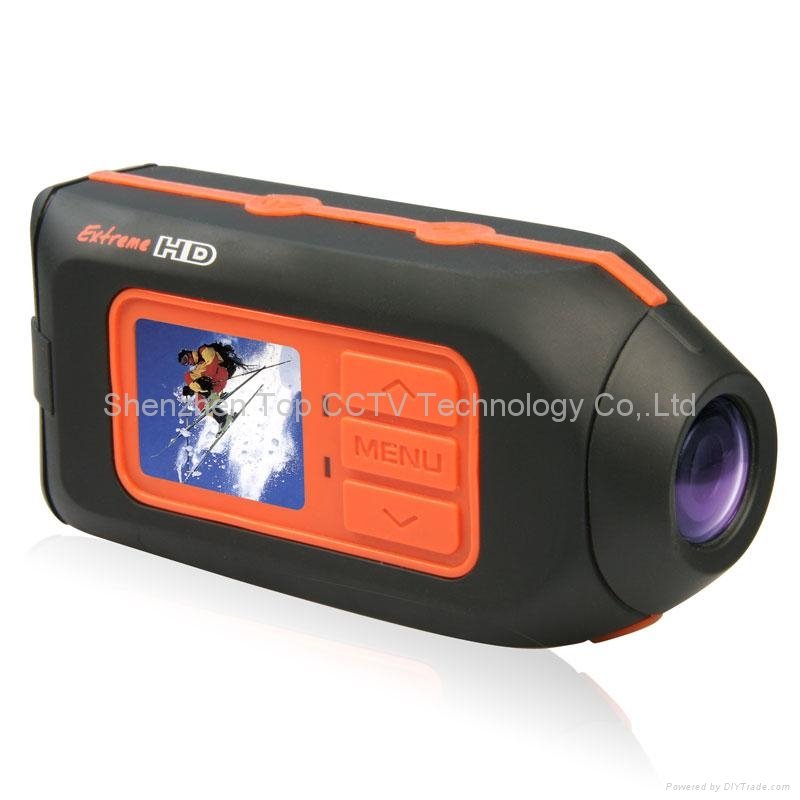Mini dv
DV is a format for storing digital video. It was launched in 1995 with joint efforts of leading producers of video camera recorders.
The original DV specification, known as Blue Book, was standardized within the IEC 61834 family of standards. These standards define common features such as physical videocassettes, recording modulation method, magnetization, and basic system data in part 1. Part 2 describes the specifics of 525-60 and 625-50 systems.[1] The IEC standards are copyrighted publications available for purchase from IEC or ANSI.DV uses lossy compression of video while audio is stored uncompressed.[2] An intraframe video compression scheme is used to compress video on a frame-by-frame basis with the discrete cosine transform (DCT).
Closely following ITU-R Rec. 601 standard, DV video employs interlaced scanning with the luminance sampling frequency of 13.5 MHz. This results in 480 scanlines per complete frame for the 60 Hz system, and 576 scanlines per complete frame for the 50 Hz system. In both systems the active area contains 720 pixels per scanline, with 704 pixels used for content and 16 pixels on the sides left for digital blanking. The same frame size is used for 4:3 and 16:9 frame aspect ratios, resulting in different pixel aspect ratios for fullscreen and widescreen video.[3][4]
















No comments:
Post a Comment